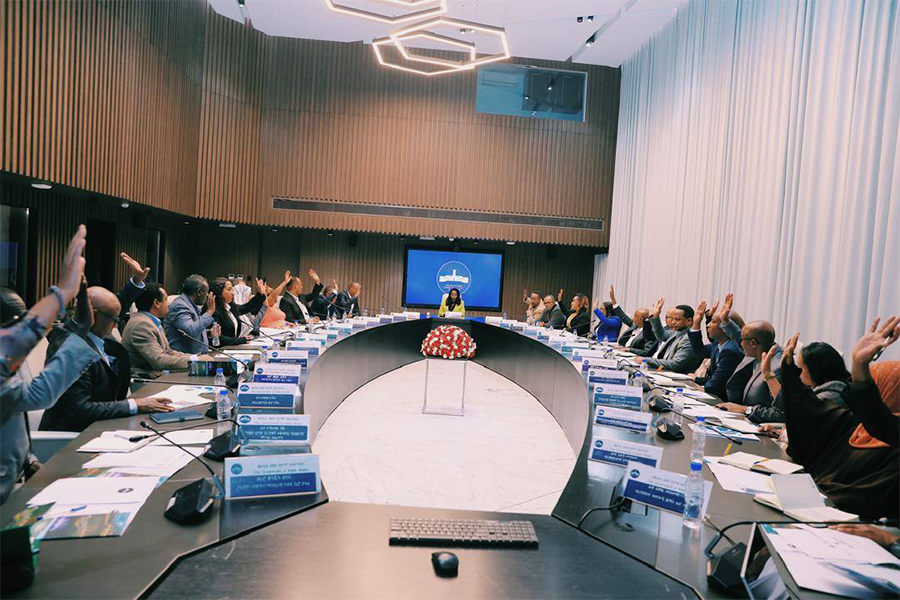
May 31 , 2020
By Abebe Aemro Selassie
African governments urgently need additional external financing to help them mitigate the pandemic's economic impact. And with global interest rates as low as they are now, it is hard to think of a more opportune time to make such a commitment to Africa – or a more important investment for the planet’s future, writes Abebe Aemro Selassie, director of the African Department at the International Monetary Fund.
It is too soon to tell how heavy the human toll from the Novel Coronavirus (COVID-19) pandemic will be on sub-Saharan Africa. But the pandemic’s terrible economic impact on the region is already clear.
I have worked across sub-Saharan Africa on and off since the early 1990s, and the scale of the economic challenge now unfolding is unlike any other during that time. The region’s expected economic contraction this year – with GDP set to shrink by at least 1.6pc and by four percent in per capita terms – will be its sharpest decline since at least 1970.
There are several reasons why this pandemic is such a potent threat to the region. For starters, previous African crises, such as those stemming from natural disasters and commodity price slumps, have always had a differential impact on its economies. But no country will be spared from the economic fallout of the virus.
Although the COVID-19 disease burden in some African countries has so far remained limited, this is the result of aggressive containment and mitigation measures, ranging from complete lockdowns to border closures. Formal economic activity has thus been brutally curtailed across the board.
Moreover, the poor will likely endure the brunt of the crisis. People who must go out and earn a daily living to put food on the table for their families are now being required to stay home and practice social distancing. And few of them will be able to work from home.
The significant deterioration of the external environment compounds the impact of these factors. In particular, tighter financial conditions and sharp declines in commodity prices (especially for oil) are exacerbating the challenges facing many economies.
Finally, and regrettably, most sub-Saharan African countries’ ability to mount anything approaching the necessary fiscal and monetary policy response is severely constrained. Many have high levels of public debt and limited domestic savings, and private external financing options have dried up just when they would have helped the most.
What are the region’s governments to do?
The critical priority, of course, is to protect their citizens’ health and well-being. This requires boosting spending to improve the preparedness of healthcare systems and providing targeted cash or in-kind transfers to the most vulnerable groups. Wherever possible, governments should also consider extending liquidity support to small and medium-sized enterprises to ensure their survival through this difficult period. This assistance must be provided in a transparent manner and in accordance with the highest governance standards.
But more than ever, sub-Saharan African countries also need large-scale external financing. The International Monetary Fund (IMF) and the World Bank estimate that the region faces a government financing gap (assuming a modestly supportive fiscal stance) of at least 114 billion dollars in 2020. African governments cannot mobilise this amount domestically.
For its part, the IMF can provide close to 19 billion dollars of rapidly disbursable financing to African countries this year; 26 have already received funding from its emergency facilities. In addition, 19 of the region’s poorest countries will receive direct debt relief with the IMF Catastrophe Containment & Relief Trust providing grants to cover their upcoming debt-service payments to the Fund.
Other development partners such as the World Bank Group and the African Development Bank are also ramping up financing. And G20 countries have stepped up with an important initiative to suspend debt-service payments until the end of 2020 for low-income countries that request relief.
Despite these efforts, however, African governments still face a significant residual financing gap of at least 44 billion dollars for 2020.
The case for the international community to bridge this shortfall is overwhelming. Providing these funds would greatly increase African countries’ ability to deploy fiscal measures to mitigate the pandemic’s adverse effects. And international lenders would be making one of the most strategic long-term investments possible if they supplemented this financing with further support to buttress the region’s economic recovery.
One way or another, what happens in Africa will shape this century. Just ten years from now, sub-Saharan Africa will account for more than half of the annual increase in the global labour force. Moreover, the marginal increase in global consumption and investment demand will increasingly come from this region. The healthier Africa’s population is, the more robust the future global workforce will be. And the more climate-friendly the continent’s urbanisation, the greener our future.
The amounts involved are certainly manageable. For example, 100 billion dollars in new financing to support the region’s economic recovery amounts to only about two percent of the fiscal support that G7 governments have injected into their economies in recent weeks. And with global interest rates as low as they are now, it is hard to think of a more opportune time to make such a commitment to Africa - or a more important investment in our planet’s future.
PUBLISHED ON
May 31,2020 [ VOL
21 , NO
1049]


My Opinion | Mar 01,2024

Featured | Jan 07,2024
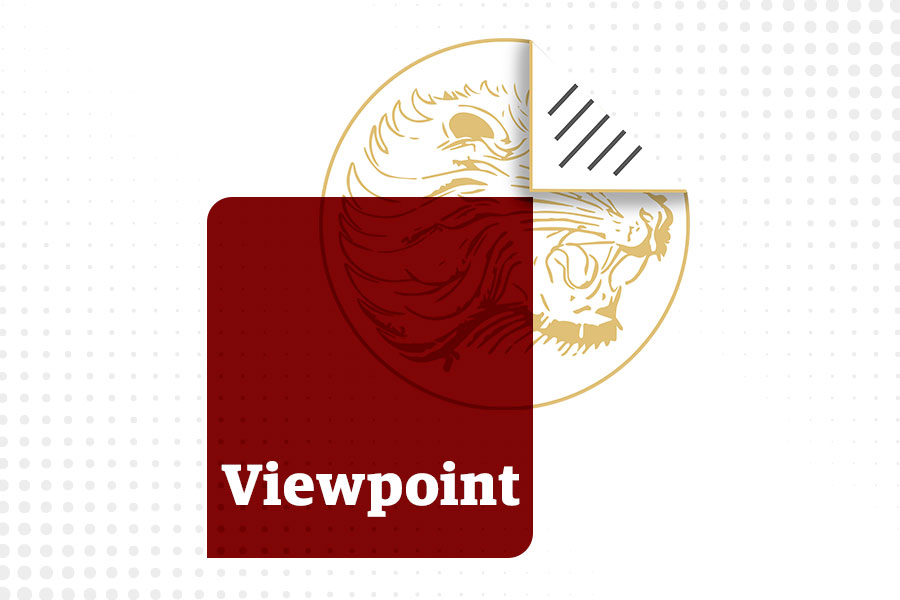
Viewpoints | Dec 08,2024
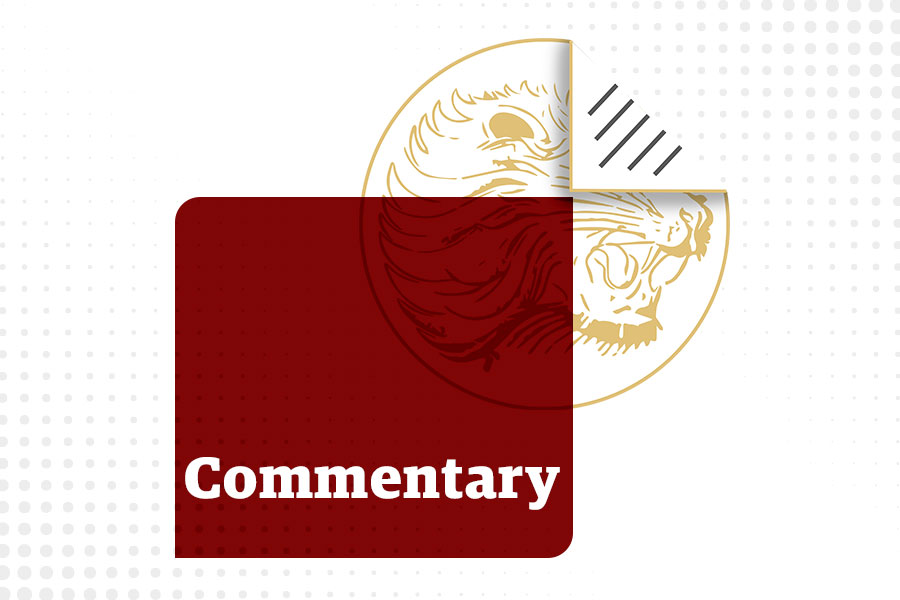
Commentaries | Aug 14,2021

Commentaries | Mar 05,2022

Viewpoints | Oct 23,2021

Commentaries | Nov 23,2024

Advertorials | May 29,2023

Sunday with Eden | Jan 18,2020

Viewpoints | Jul 09,2022

My Opinion | 131673 Views | Aug 14,2021

My Opinion | 128039 Views | Aug 21,2021

My Opinion | 126001 Views | Sep 10,2021

My Opinion | 123622 Views | Aug 07,2021

Dec 22 , 2024 . By TIZITA SHEWAFERAW
Charged with transforming colossal state-owned enterprises into modern and competitiv...

Aug 18 , 2024 . By AKSAH ITALO
Although predictable Yonas Zerihun's job in the ride-hailing service is not immune to...

Jul 28 , 2024 . By TIZITA SHEWAFERAW
Unhabitual, perhaps too many, Samuel Gebreyohannes, 38, used to occasionally enjoy a couple of beers at breakfast. However, he recently swit...

Jul 13 , 2024 . By AKSAH ITALO
Investors who rely on tractors, trucks, and field vehicles for commuting, transporting commodities, and f...

Jun 28 , 2025
Meseret Damtie, the assertive auditor general, has never been shy about naming names...

Jun 21 , 2025
A well-worn adage says, “Budget is not destiny, but it is direction.” Examining t...
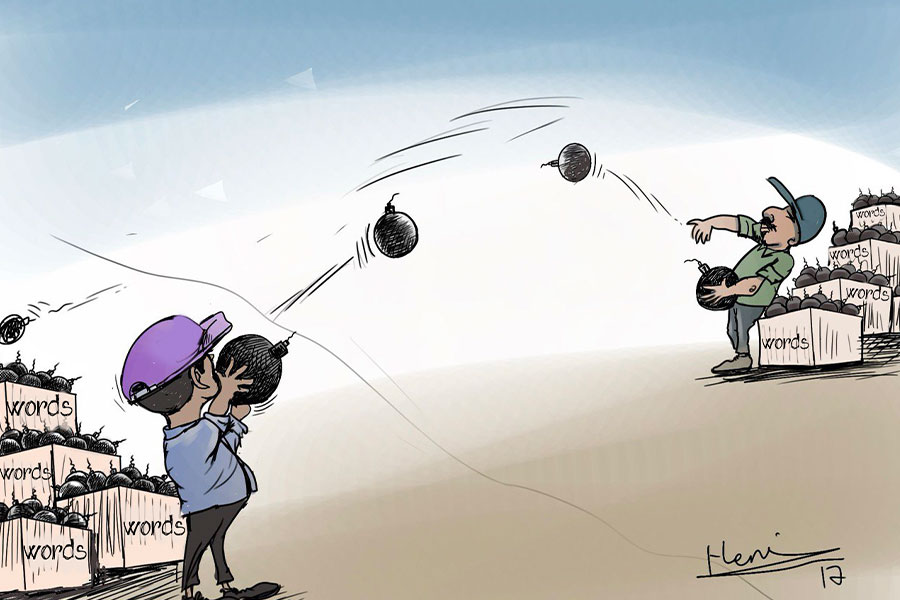
Jun 14 , 2025
Yet again, the Horn of Africa is bracing for trouble. A region already frayed by wars...
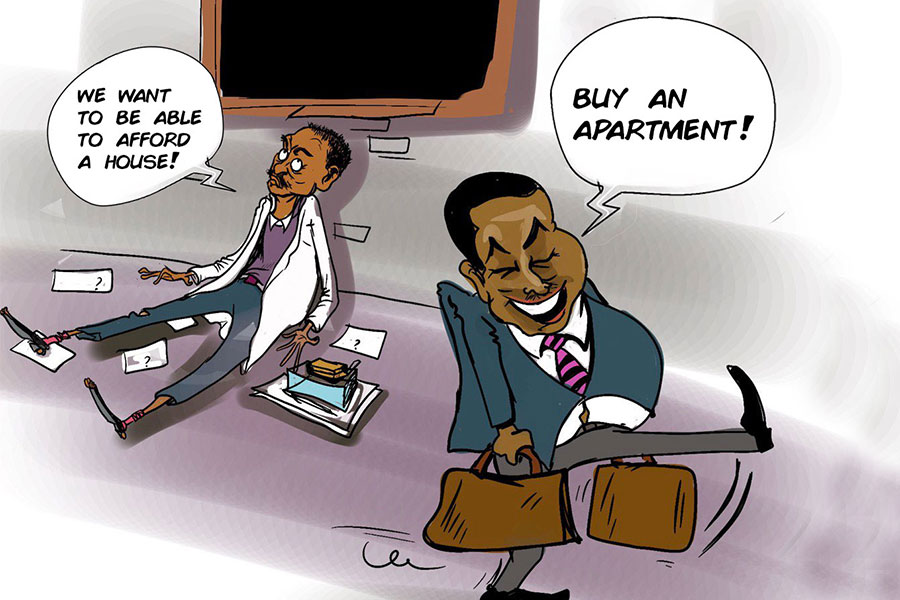
Jun 7 , 2025
Few promises shine brighter in Addis Abeba than the pledge of a roof for every family...
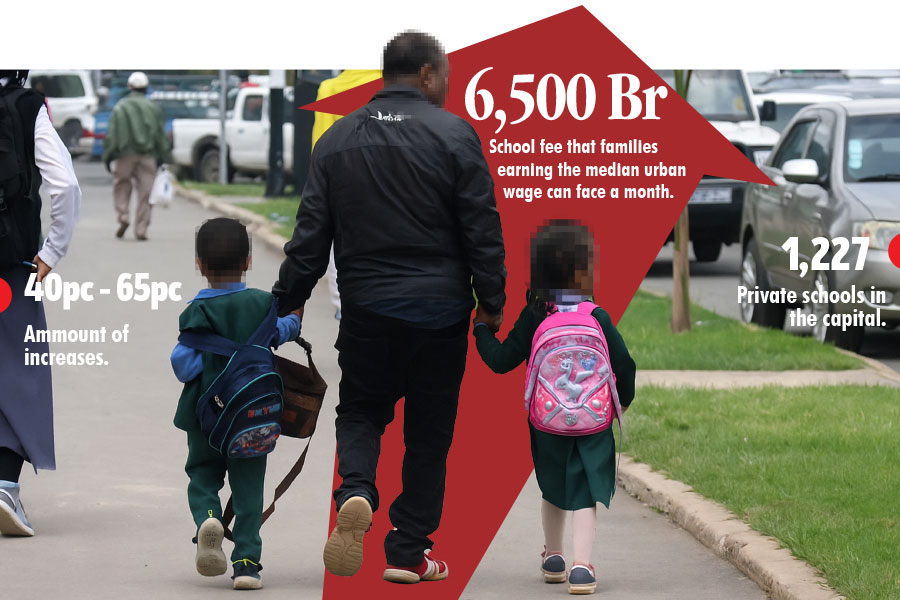
Jun 29 , 2025
Addis Abeba's first rains have coincided with a sweeping rise in private school tuition, prompting the city's education...
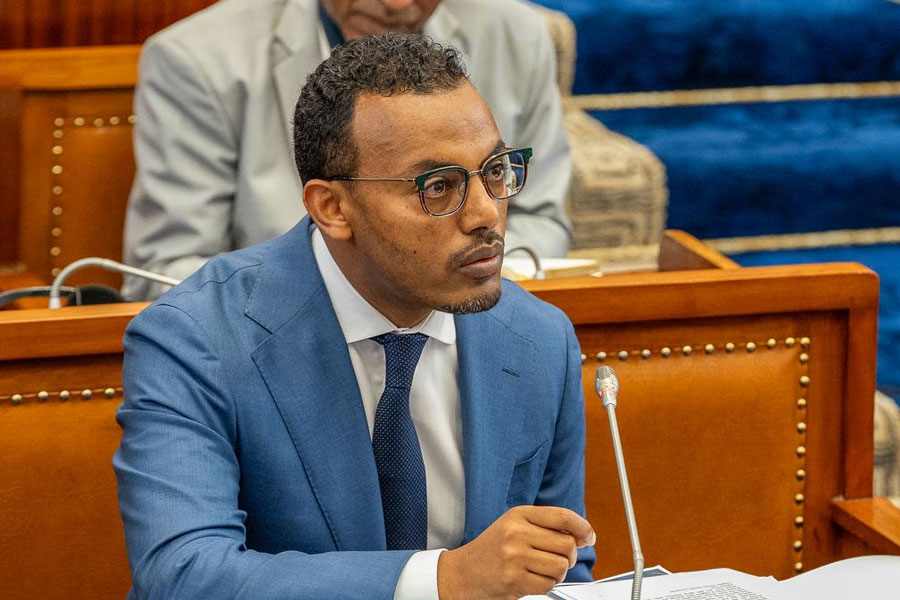
Jun 29 , 2025 . By BEZAWIT HULUAGER
Central Bank Governor Mamo Mihretu claimed a bold reconfiguration of monetary policy...
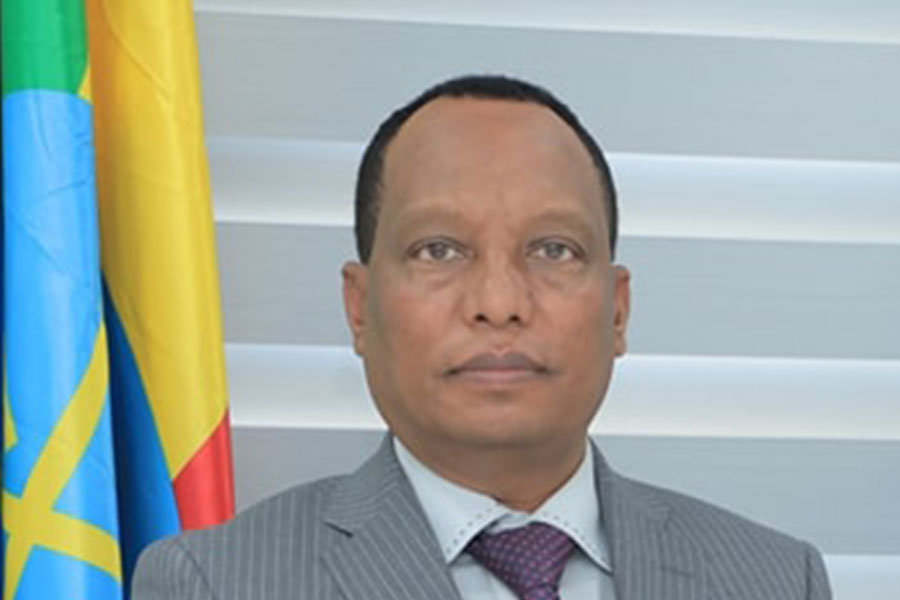
Jun 29 , 2025 . By BEZAWIT HULUAGER
The federal government is betting on a sweeping overhaul of the driver licensing regi...
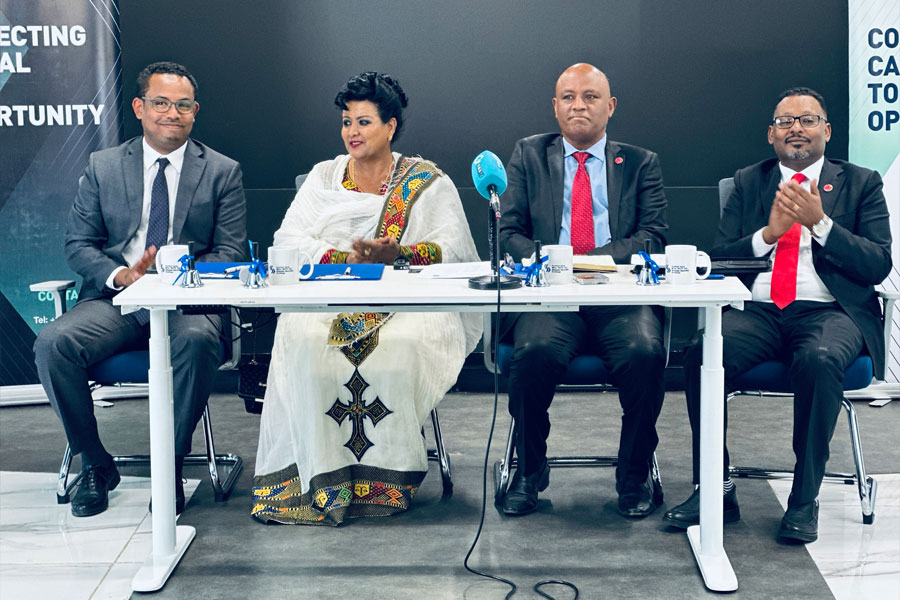
Jun 29 , 2025 . By NAHOM AYELE
Gadaa Bank has listed 1.2 million shares on the Ethiopian Securities Exchange (ESX),...